| Structure | Name/CAS No. | Articles |
|---|---|---|
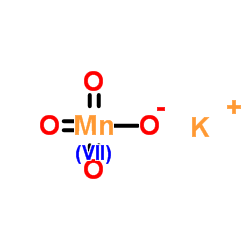 |
Potassium permanganate
CAS:7722-64-7 |
|
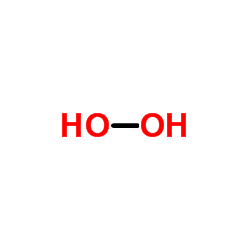 |
Hydrogen peroxide
CAS:7722-84-1 |
|
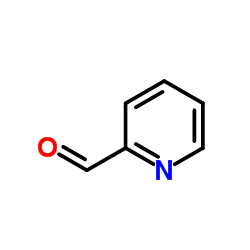 |
2-Pyridinecarboxaldehyde
CAS:1121-60-4 |
|
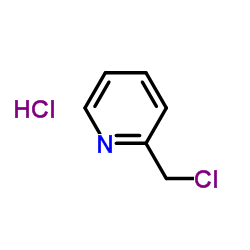 |
2-(Chloromethyl)pyridine HCl
CAS:6959-47-3 |
|
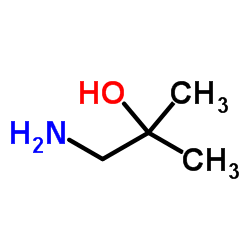 |
1-Amino-2-methylpropan-2-ol
CAS:2854-16-2 |
|
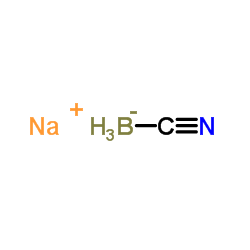 |
Sodium cyanoborohydride
CAS:25895-60-7 |